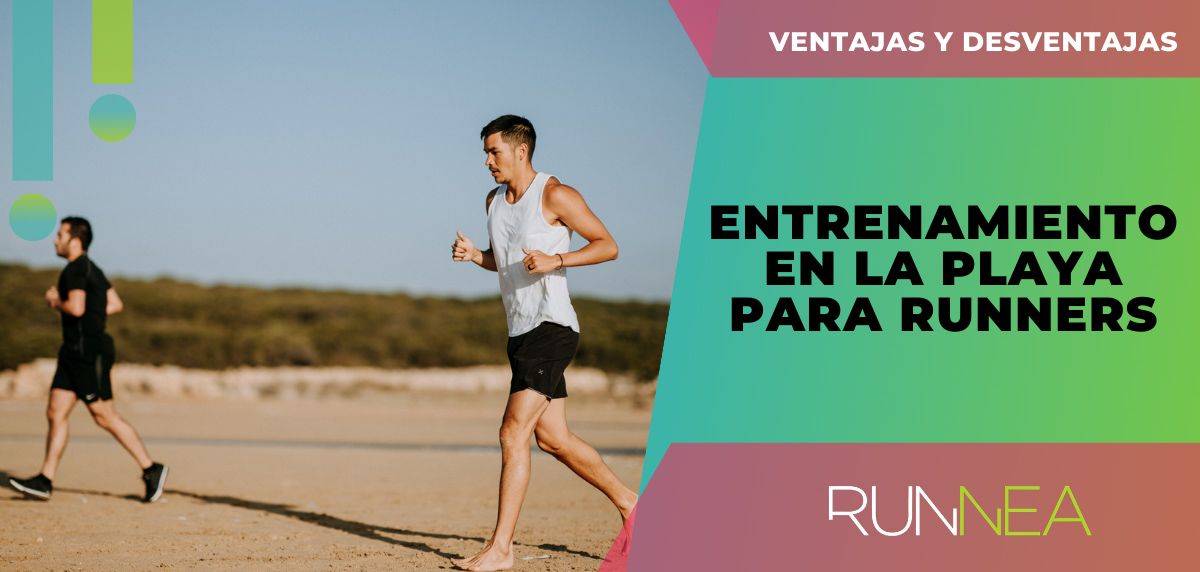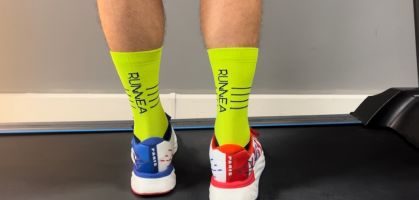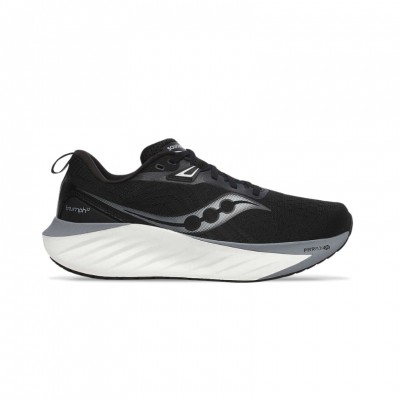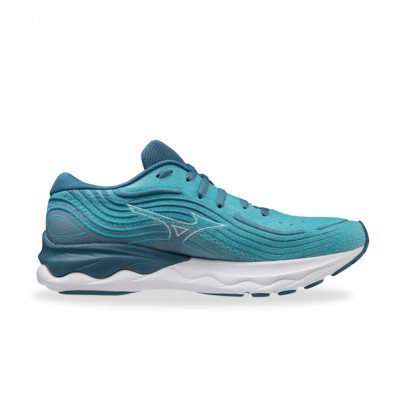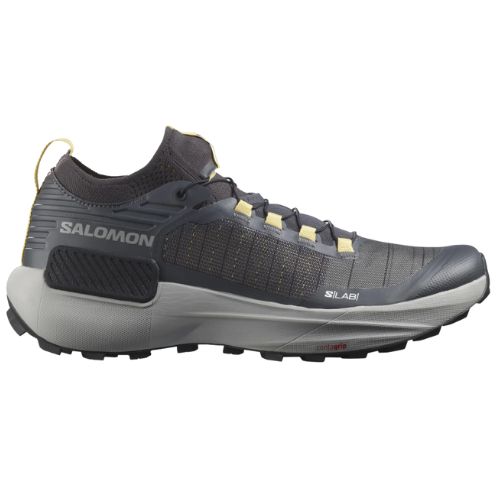The end of August does not mean that summer is over, although we have that feeling; and even less so, the good weather. A circumstance that we can take advantage of to schedule training sessions on the beach to improve our performance as runners. However, we must take into account that this running on the sand has its pros and cons; that's why in Runnea we talk about it.
If you have the great fortune to live, or also be on vacation, in a coastal area and near the beach, you are truly privileged, because the sand of the beach is presented as a magnificent setting to follow your progression as a runner. "The work on the beach, taking into account the different surfaces that occur within it, can be very beneficial or totally counterproductive, depending on the use of these surfaces and objectives that you have", points out Iker Muñoz, Runnea's sports director.
Advantages and disadvantages of beach training for runners
It is clear that the first detail to highlight is focused on the fact that alternating training surfaces is not only beneficial for runners, but it is also a recommended section, which contributes directly to the progression of the runner in order to achieve their sporting goals.
In fact, in the specific case of training on the sand of the beach, some of the points on which we can focus as runners to achieve better physical conditioning can be summarized in three relevant sections:
- Strengthening the musculature of the plantar arch.
- Development and improvement of proprioception exercises.
- Varying the stimulus of the muscles in their contraction phase.

But there is a nuance to be added: "Working on the beach, taking into account the different surfaces that are found on the beach, can be very beneficial or totally counterproductive, depending on the use of these surfaces and the objectives that are set," says Iker Muñoz.
Thus, establishing a specific training program on the beach leads us to have well-defined and clear objectives. That said, "a frequency of two weekly sessions, but that are implemented in our individualized training plan as acomplement to training on asphalt, track or similar, may be the most appropriate," recommends our personal coach.
Therefore, and in general terms, we talk about the advantages of training on the beach because of the different surfaces that are presented, such as: compacted sand, soft sand and dry sand, because "it allows us to play with these types of surfaces to provide different stimuli to our muscles and joints. Requesting a greater contractile capacity for the same movement, minimizing impact (in dry sand), etc.," clarifies Iker Muñoz.
- You may beinterested in: What is the best surface for running to reduce possible injuries?
However, in terms of the disadvantages, "the beach, on occasions, will not allow us to maintain paces close to those we run on asphalt with slopes, changes of surface, among others; and on occasions it is impossible to maintain a continuous pace due to obstacles and an innumerable etcetera," Muñoz emphasizes.
It is also important not to lose sight of the fact that "excessive training on these types of surfaces can cause us to lose adaptations, especially in the capacity to store and return energy to the tendon. In this way, the return to asphalt will be harder," says the experienced trainer, who also takes the opportunity to make a clear recommendation to alternate training on the beach with training on different surfaces.

Barefoot running or Running shoes on the sand?
Getting down to business, this is one of the questions that every runner asks himself when he hits the promenade, ready to work up a sweat: Is it better to run barefoot or to wear Running shoes?
In this regard, and as indicated by one of our head coaches at Runnea Academy, both running barefoot or with running shoes on the sand "are acceptable options, as long as we are clear about the purpose of training and the duration of this. For example, running without running shoes on compacted sand (usually close to the shore), heeling, will make the impact on our joints even greater," says Muñoz, who also clarifies that "on the other hand, running barefoot, doing technique or proprioception exercises on dry sand, can be a perfect complement to a training session.
Although running barefoot or with running shoes are not mutually exclusive options, the recommendation we make from Runnea can only be that you take into account when to practice one or the other; and of course, apply common sense, and do not abuse a single surface.

What types of exercises on sand will improve my running?
"More than the exercise itself, what will help improve running is the use of the medium we use. For example, a skipping exercise, with displacement, with the water up to the ankles will force us to raise the knee more. At the same time, the use of dry sand will require greater participation of the foot muscles," says Iker Muñoz.
Sand and water can be a resistance to progress, so the use of these media can be of great interest to a person who is recovering from an injury.
- Youmay be interested in: What is a physical trainer?
And finally, another chapter that should not be left out, and that is associated with beach training for runners refers to the injury recovery process, because "at specific times in a period of recovery, the physical therapist or physical therapist can use the different surfaces of a beach to give certain stimuli to the joint or damaged muscles. Dry sand can be a great way to minimize the impact or reduce the tension generated on the elongation of a tendon when doing different movements, for example," says the sports director of Runnea.
In short, have no doubts about it, take advantage of the good days that are coming during this month of September, and before autumn comes on the scene, and complement your individualized training plan with training sessions on the sand of the beach, whenever you have it within reach, and thus improve your performance in the long term.
Read more news about: Running Training
